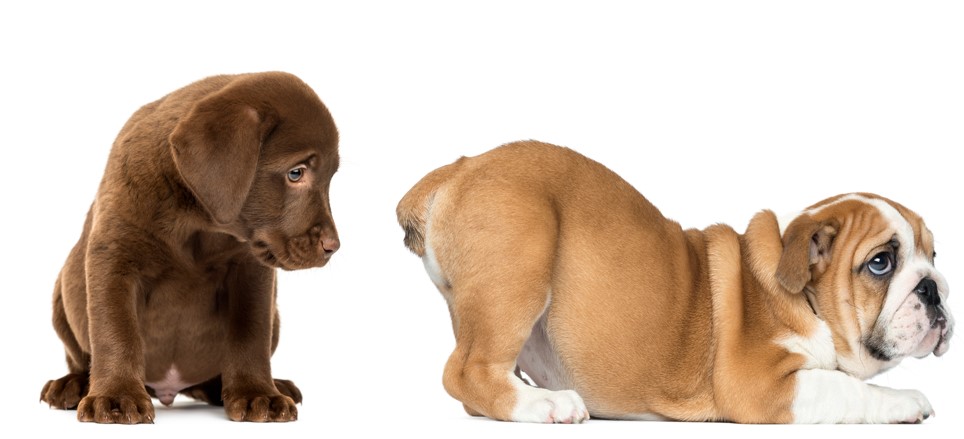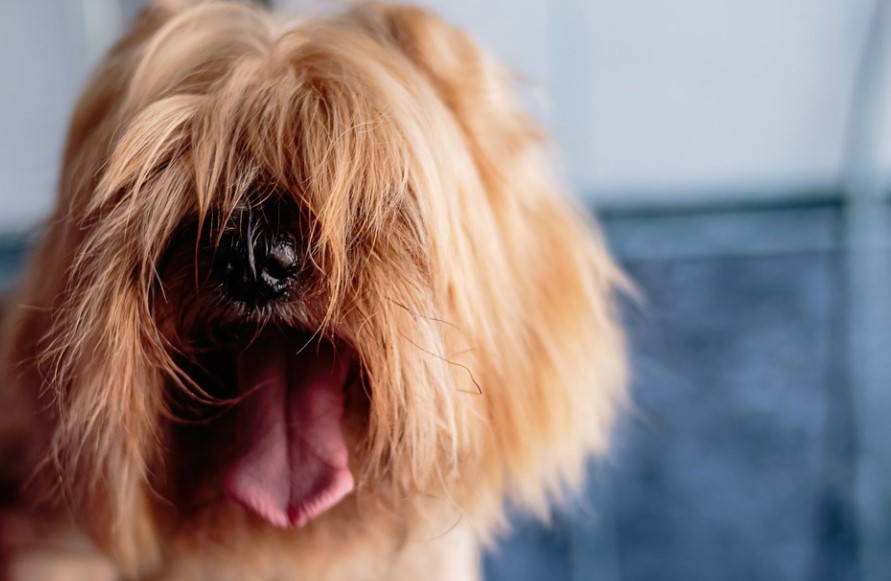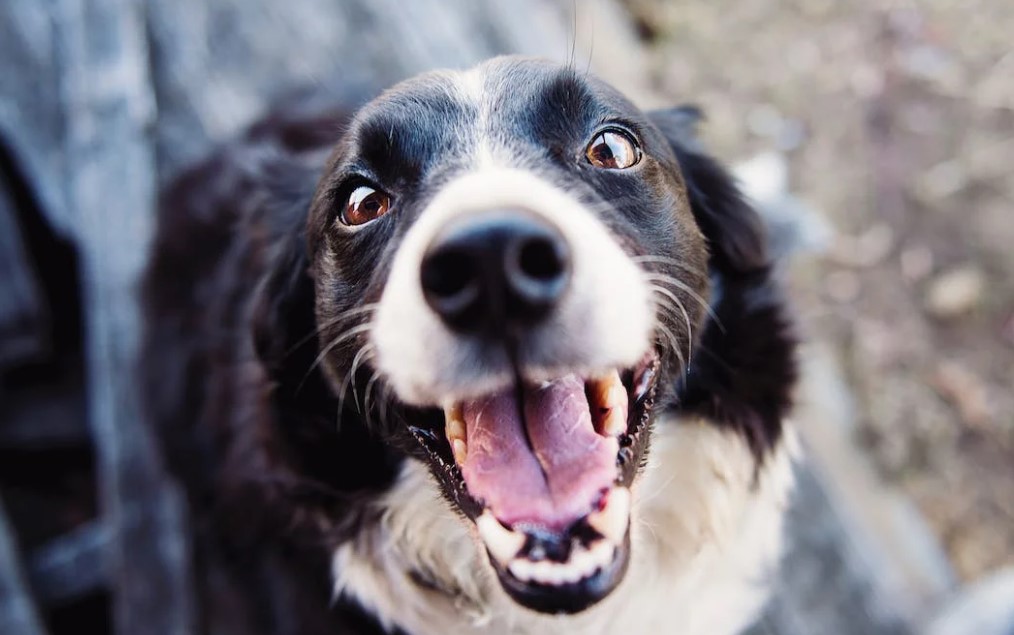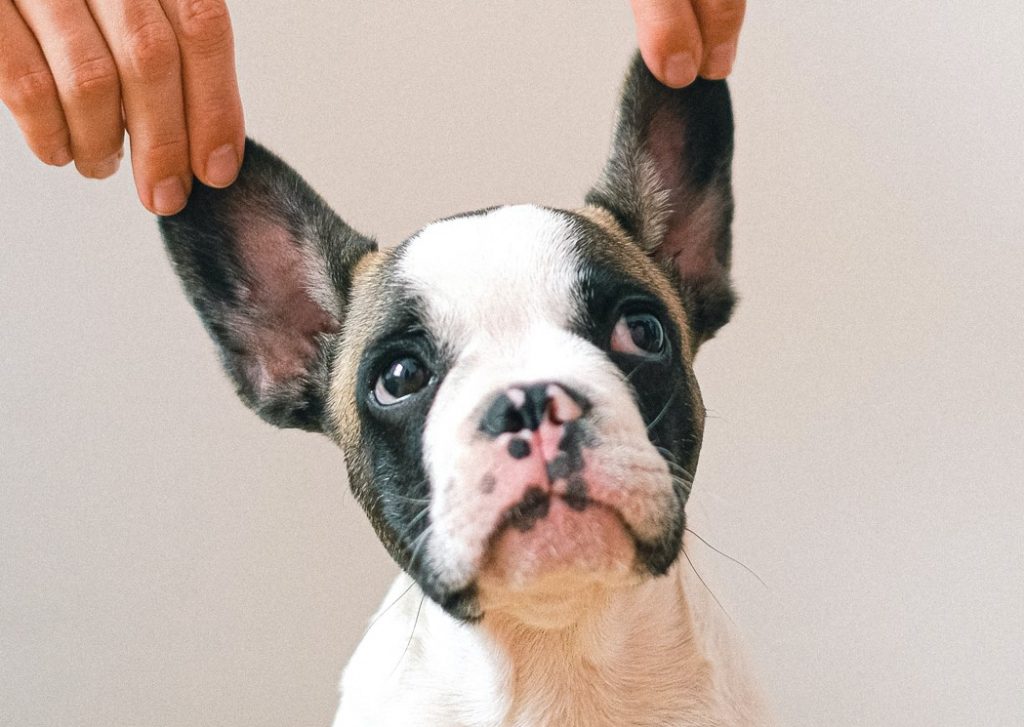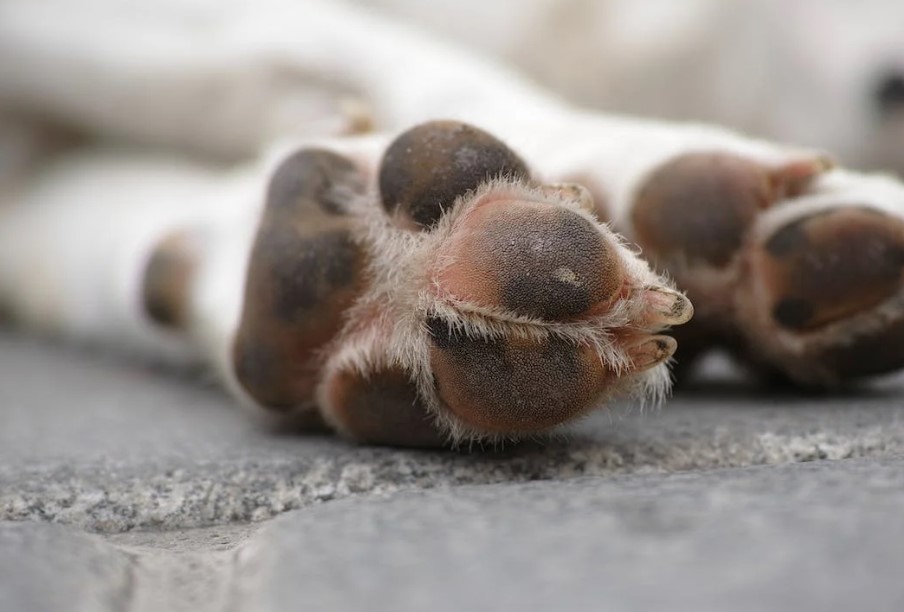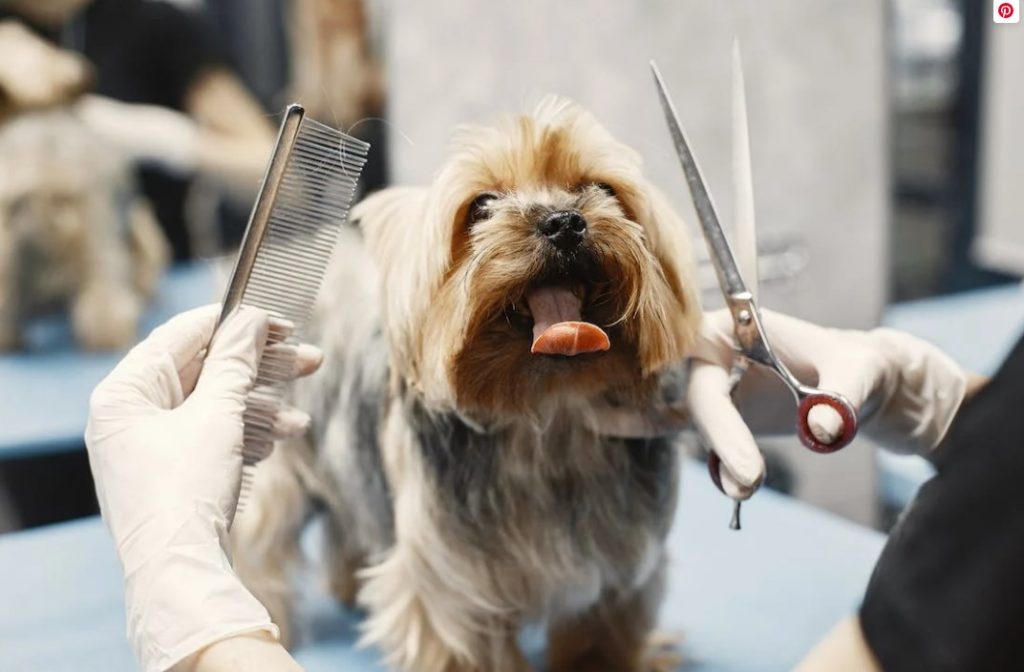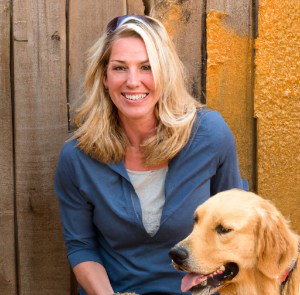January 25, 2023
What is the Difference Between Doggie Breath and an Unhealthy Mouth? The difference between doggie breath and an unhealthy mouth is significant. Doggie breath can often smell unpleasant, however, it does not necessarily indicate a health issue. An unhealthy mouth, on the other hand, can have more serious consequences such as underlying illnesses or dental […]
